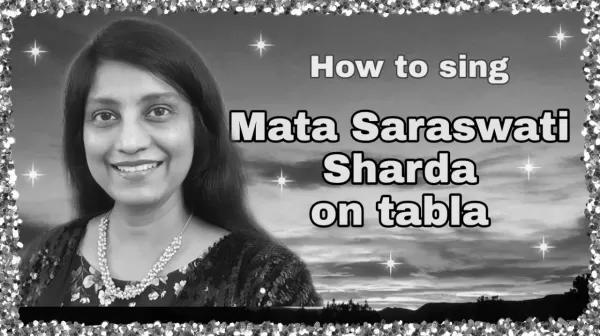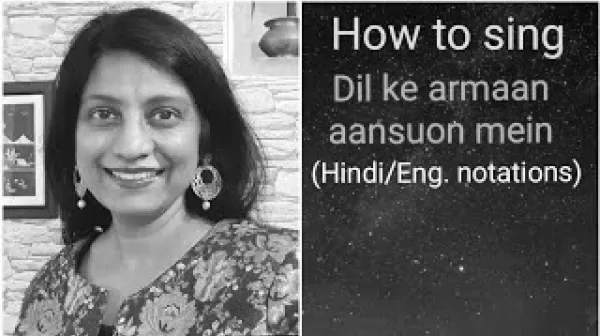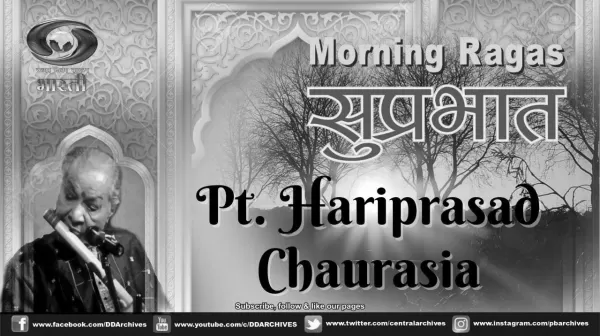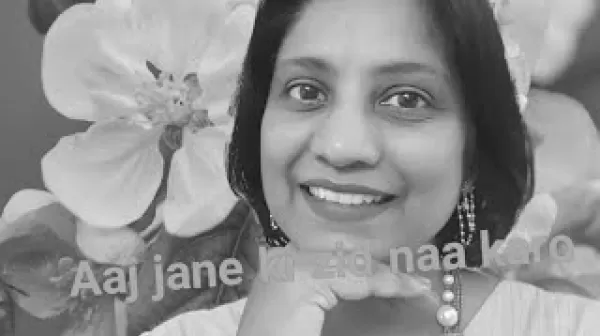राग
Pt. Rajan and Sajan Mishra | Indian Classical Vocal
Feel the resonance of evening ragas....Pt. Rajan and Sajan Mishra are brothers and vocalists in the khyal style of Indian classical music.
Malabika Kanan | Bhajan
Feel the resonance of evening ragas.....Malabika Kanan was an Indian classical vocalist. Her first music rendering was in raga Ramkali on the All India Radio when she was 15 years old.
Gurbani
Dr. M. Balamuralikrishna | Indian Carnatic vocalist
Feel the resonance of evening ragas....One of the most famous names associated with Classical Carnatic Music is that of Dr. Mangalampalli Balamuralikrishna. This legendary musician was also an able composer, playback singer, poet, actor and multi-instrumentalist. Apart from working with famous Indian musicians like Pandit Bhimsen Joshi, Pandit Hariprasad Chaurasia and Kishori Amonkar, he also worked with several foreign musicians.
Chaiti-3 Rag Bhairavi "Aae Chait Manbhati"
Chaiti is semi classical style of Hindustani music. It has derived from the folk music of the Indian state of Uttar Pradesh and based on chaitra month i.e. the mid-March of English calendar. Semi-classical “Bandish” (Determined melody structure) are sung in it. Love, beauty of nature and the Holi festival (the Indian festival of colors) are the prominent themes of Chaiti. Chaitra month is also considered as the birth month of Shri Rama and thus, the scriptural descriptions of the childhood of Shri Rama are included in the singing structure of Chaiti.
Malhar 3 Rag "Miyan Malhar Mat Bol Koyaliya Matwari"
Based on rainy season Malhar is a semi classical style of singing. Malhar itself mean “the rain.” Semi classical “Bandish” (Determined melody structure) are chiefly sung in this rag. Its main themes of this rag are the rain, love and the nature. This rag has a very prominent place among the seasonal ragas. It creates very melodious environment. Rag Miyan Malhar comes from the Kafi That. The Wadi swara is Pancham (So) and the Samwadi swara is Sa (Doh). Dha (La) note is forbidden in its ascension. Gandhar (Me) and Ni (Ti) both are sharp notes with rest notes as natural notes.
Chaiti-4 Rag Mishra "Peelu Raja Gaye Kaun Des"
Chaiti is semi classical style of Hindustani music. It has derived from the folk music of the Indian state of Uttar Pradesh and based on chaitra month i.e. the mid-March of English calendar. Semi-classical “Bandish” (Determined melody structure) are sung in it. Love, beauty of nature and the Holi festival (the Indian festival of colors) are the prominent themes of Chaiti. Chaitra month is also considered as the birth month of Shri Rama and thus, the scriptural descriptions of the childhood of Shri Rama are included in the singing structure of Chaiti.
Thumri 1 Rag Mishra Khamaj "Manmohan Ki Baji Venu"
Thumri is one of the styles of Hindustani music having parts and sub parts. It comes under semi classical music. Expression of emotions is more emphasized in it in comparison to the purity of Rag. So is the reason that it is categorized under semi classical singing. The “Bandish” (Determined melody structure) is short in Thumri with prominence of essence of adornment and ornamentation. However devotion based Bandish is also sung in Thumri. The Ragas used in Thumri are generally of fickle tendencies such as Khamaj , Peelu, Bhairwi, Kafi, Gaurh Sarang and Des etc.
Dadra -1 Rag Bhairavi "Banka Bana Raghuraiyya"
Style of Dadra is very similar to Thumri but the tempo of Dadra is faster than Thumri thus it allows more freedom to be playful with musical note. The pivotal emotion is ornamentation. Dadra style is sung in Dadra taal itself. Dadra taal is fast and playful in nature. Songs based on dances and ornamentations are mainly sung in this. Let’s know a little bit about Rag Bhairavi before listening to Dadra based on it. Rag Bhairavi has incepted from Bhairavi thhat (Family). In this Rag, Re (Re), Ga (Me), Dha (La) and Ni (Ti) are used as sharp denoted here with #. It is Sampurna in nature.
Thumri 2 Rag Des "Mathura gaye more Shyam"
Thumri is one of the styles of Hindustani music having parts and sub parts. It comes under semi classical music. Expression of emotions is more emphasized in it in comparison to the purity of Rag. So is the reason that it is categorized under semi classical singing. The “Bandish” (Determined melody structure) is short in Thumri with prominence of essence of adornment and ornamentation. However, devotion based Bandish is also sung in Thumri. The Ragas used in Thumri are generally of fickle and playful tendencies such as Khamaj , Peelu, Bhairwi, Kafi, Gaurh Sarang and Des etc.










